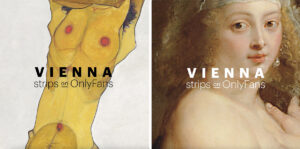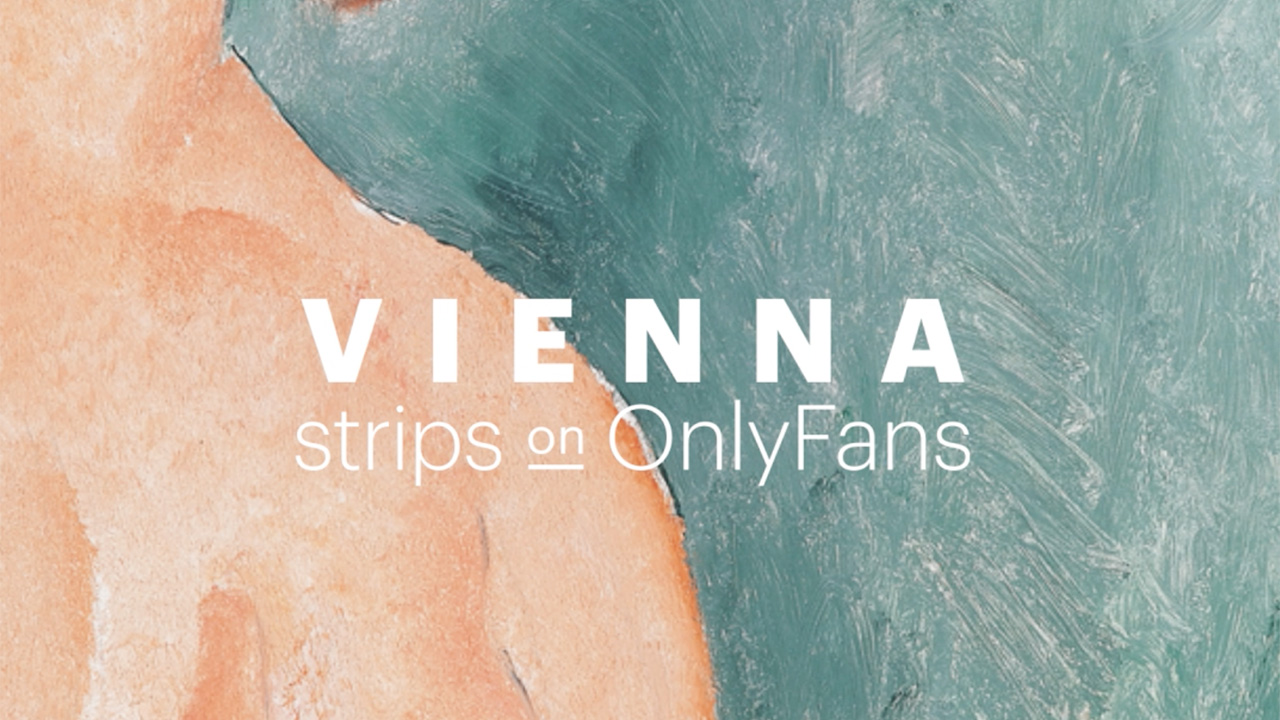Social media hasn’t always been welcoming to nudism in art. In recent years, many historic artworks from the Venus of Willendorf to Imogen Cunningham’s abstracted nudes have been deemed pornographic and removed from Facebook and Instagram.
Disappointed with being consistently censored on these platforms, the Vienna Tourist Board recently joined OnlyFans in protest to showcase nude artworks from the collections of the Leopold Museum, Kunsthistorisches Museum Vienna, Naturhistorisches Museum Vienna, and the Albertina Museum. It’s on the adult-friendly subscription platform that the organization has shared images including Koloman Moser’s “The Wanderer” and Egon Schiele’s “Two Squatting Women” with its 867 global subscribers (as of an October 28 count).
The Vienna Tourist Board’s representative, Helena Hartlauer, says the move was never intended to be profitable, and the organization plans to donate any revenue to an art association. “It will most probably be something to support artists,” Hartlauer tells Jing Culture & Commerce. And despite the account’s popularity, the Vienna Tourist Board doesn’t intend on maintaining its OnlyFans page in the long term. “We’re going to keep it up a little bit,” she adds. “It’s really more to to start a conversation.”
That conversation largely concerns social media censorship, and how it might narrow the experience of art and art-making. Below, Hartlauer elaborates.

Why do you believe nudity is so controversial on social media sites?
You could start with why nudity is perceived as being automatically obscene. Our first experience with [censorship] was four years ago when we wanted to promote Viennese modernism. The Leopold Museum houses the largest Egon Schiele collection, and the Österreichische Galerie Belvedere holds the largest Gustav Klimt collection, and we wanted to showcase these artworks in a 2018 campaign with posters and billboards in public spaces.
It wasn’t possible: advertising agencies told us, “You can’t use these paintings in the London Tube or in German cities on buildings.” Maybe we were naive, but we were really surprised that these old [paintings] fell under the same rules as a pornographic picture of a naked woman taken today.
What has been the response to the organization’s OnlyFans account?
So I have to say 98 percent of responses have been positive. One or two negative remarks were about it showing male-dominated art, and that’s absolutely true, since art history is mostly the male perspective, but there’s nothing we can change as a tourist board. We can together try to change the art history of tomorrow, but this is not what this campaign is about.
How has the tourist board tried to publicize the board’s OnlyFans account? Have there been any particular marketing strategies to get people interested?
It was tricky. We had obstacles when promoting the campaign on social media platforms. For instance, Facebook and Instagram only allowed two posts after we explained the art backgrounds, but at first, they blocked them, while another post was rejected on the grounds of excessive nudity and adult entertainment. And Twitter did not approve a link to our website because it contained a crosslink to OnlyFans, and the whole approval phase took two weeks.
What do you think the dangers of art censorship on social media are?
I know there are bigger problems in the world, but there is fear that [social media censorship] might lead to artists unconsciously self-censoring when creating art. I think that could affect the way artists work and the way art collectors make buying decisions. Social media drastically affects the way we see and what we see; it’s a scary thought that an algorithm could determine our cultural legacy.



